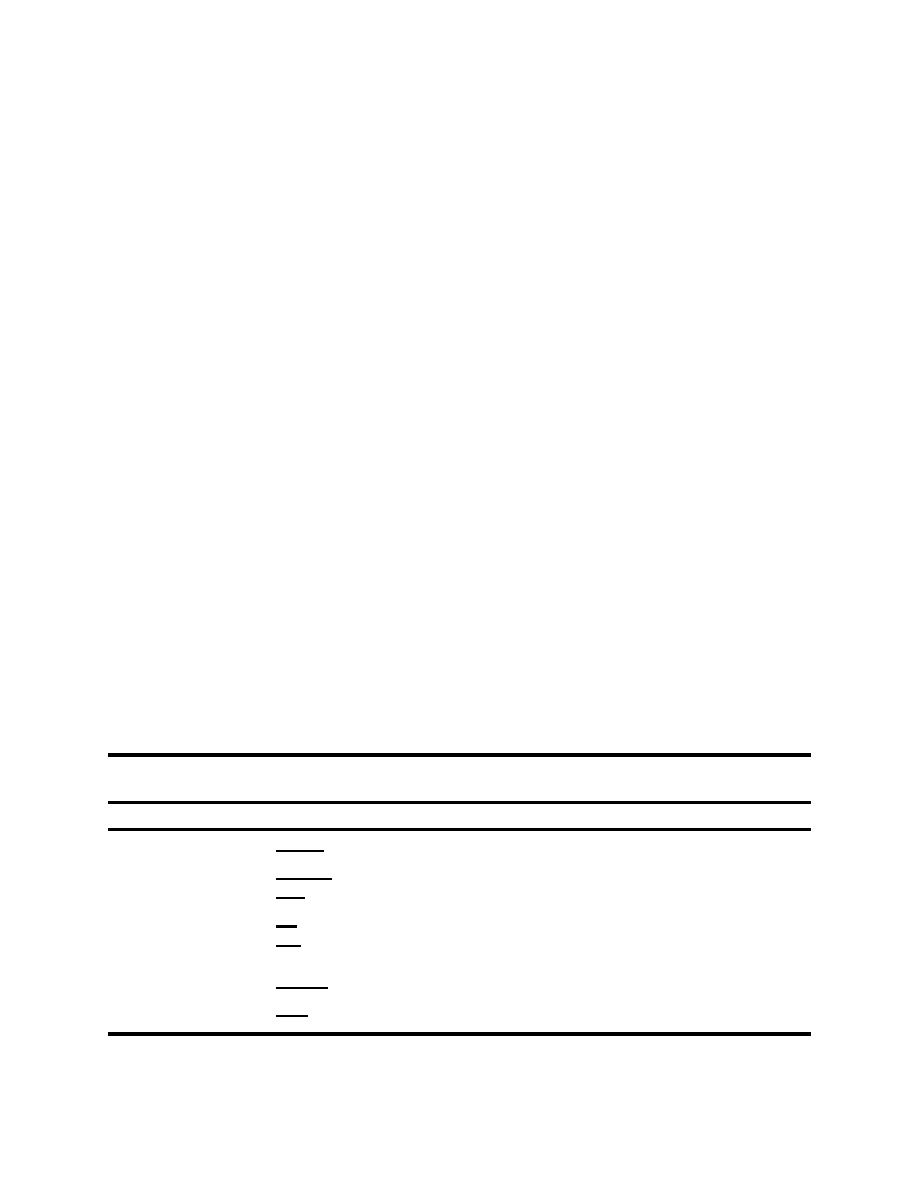
ETL 1110-2-550
30 May 97
F-3. Repair, Evaluation, Maintenance and
the past was made by collecting data on the current
Rehabilitation (REMR) Program
condition of equipment. This collection process, if
continued over time, could be used to develop life
a. The REMR research program is a 13-year,
history data and could then be used to develop
M research effort undertaken from 1984
failure rate and reliability data. The Hydroelectric
through 1997. The objective of the program was to
Power Equipment Condition Indicators program
identify and develop effective and affordable
was developed as the methodology used to collect
technology for maintaining and extending the
equipment condition data (Norlin et al. 1993). This
service life of civil works structures. REMR
program established a measure of equipment
products are useful in both major rehabilitation and
condition called the condition index with an associ-
nonroutine maintenance studies. The paragraphs
ated REMR Condition Index (CI) scale (see
below summarize some of the REMR products that
Table F-1) which may be a key step in the
have been used in reliability studies (U.S. Army
development of a reliability centered nonroutine
Corps of Engineers 1993).
maintenance program. The program also developed
the methodology used to objectively determine the
b. The REMR Management System is a
CI for (1) generator stators, (2) excitation systems,
computer-based system for managing REMR
(3) circuit breakers, (4) main power transformers,
activities. It is designed as a planning tool and an
(5) powerhouse automation systems, (6) turbines,
information system for project-level management.
(7) thrust bearings, (8) governor systems, (9) cranes
It establishes procedures to inspect and evaluate the
and wire rope gate hoists, (10) hydraulic actuator
conditions of civil work structures, provides data
systems, (11) emergency closure gates, and
management capabilities, and facilitates some
(12) power penstocks.
economic analysis of maintenance alternatives. The
d. The CI for a piece of equipment is deter-
REMR Management System was designed to help
prioritize REMR activities based on equipment
mined by evaluating a "condition indicator" which
condition, select maintenance alternatives based on
consists of standard tests or visual or other non-
performance, and compare the costs of maintenance
destructive examinations. The CI for a component
alternatives.
or system ranges from 0 to 100, where 0 index
indicates the component/system is in completely
c. Any decision which determines how to
deteriorated condition, and an index of 100 indi-
allocate rehabilitation dollars should be based on
cates the component/system is in new condition.
reliability data. An attempt to collect these data in
Table F-1
REMR Condition Index Scale
Zone
Condition Index
Condition Description
Recommended Action
1
85 to 100
Excellent: No noticeable defects.
Immediate action is not required.
Some aging or wear may be visible.
70 to 84
Very Good: Only minor deterioration or defects are evident.
2
55 to 69
Good: Some deterioration or defects are evident, but function is
Economic analysis of repair
not significantly affected.
alternatives is recommended to
40 to 54
Fair: Moderate deterioration. Function is still adequate.
determine appropriate action.
3
25 to 39
Poor: Serious deterioration of at least some portions of the
Detailed evaluation is required to
structure.
determine the need for repair,
Function is inadequate.
rehabilitation, or reconstruction.
Very Poor: Extensive deterioration.
Safety evaluation is recommended.
10 to 24
Barely functional.
0 to 9
Failed: No longer functions. General failure of a major structural
component.
F-2



 Previous Page
Previous Page
